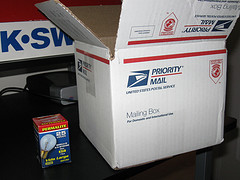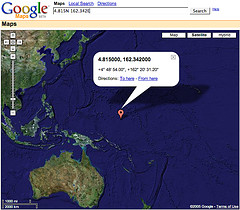Mail to Email to Large File Transfer
The U.S. postal service recently applied to increase it’s rates and, to the relief of many businesses, was turned down. Sadly, in the midst of the global recession, many costs (including shipping costs - just look at upcoming rate increases from FedEx and UPS) have been rising, and everyone - especially small business owners - are looking for ways to save money.
SENDING INFORMATION IN THE DIGITAL AGE
While there are many things that still need to be physically sent, the advent of computers and digital media have dramatically changed how information moves around the world. Updates to friends and family, invitations to special events, even postcards are now sent electronically. Email and services like Facebook allow us to send and share smaller amounts of information with each other, but there are times when a more robust or secure file transfer solution is needed:
- Sending video to friends and family
- Architects or designers needing a client’s feedback on plans or designs
- Insurance agents transferring client or policy information to a partner firm
- Lawyers sending large legal documents
- Film or television producers receiving edited files
There are too many kinds of documents, media or files to list, but you get the idea. Almost everyone has switched to email when it comes to general correspondence, and it even works for basic file sharing. This has saved individuals and businesses millions of dollars in postage and associated supplies (envelopes, mailers, etc) and has helped contribute to the decline of the U.S. Postal Service (and others) as demand for their services has dropped dramatically.
However, email doesn’t always work for the above-mentioned business file sharing applications - very often either the sender’s or receiver’s mail servers will bounce messages that are considered too large (generally in the range of 10MB). This is fine for an average PDF document or small video clip, but what if you’re sending design files to your printer, or a video to your editor? Burn it to a cd or copy it to a USB key and then mail it?
SEND YOUR LARGE FILES LIKE THE C.I.A. - IN THE 80′S
There are a number of issues associated with sending digital content via physical media:
- Cost: as mentioned earlier, shipping costs are rising, and this will apply across the board - whatever the size of the package
- Reliability: even the most trustworthy, skilled and professional courier cannot guarantee that your information will arrive at it’s destination safely and on time. Bad traffic, sudden Nordic volcanic eruptions, and a host of other potential hazards lie in wait. And this is assuming the courier does their job…let’s face it, there are a lot of stories of disgruntled or unbalanced Postal employees losing, stealing or otherwise tampering with the mail. There’s a reason the phrase “going postal” was coined in the first place!
- Security: you could certainly encrypt the data on the disk - but you’d need to get the key to your recipients first anyways. And it won’t matter if the disk doesn’t make it there to begin with.
So, going “Old School” and sending an encrypted disk or USB key via special courier is an option - and while it’s more reliable than sending it in the mail, there are easier, less James-Bondian methods available.
SEND VERY LARGE FILES ONLINE
Online services like FilesDIRECT let you send large files over the Internet by having you upload your files to their servers and then sending your “target audience” a link that they can click on to download the files. It’s actually easier than it sounds, and it’s much more secure and reliable than either the mail or couriers. It saves on costs (couriers are expensive - especially if you’re sending something overseas) and lets you track exactly who has been uploading and downloading your files. Just follow the link to get more information, easily send large files online and get a 50% discount too!


